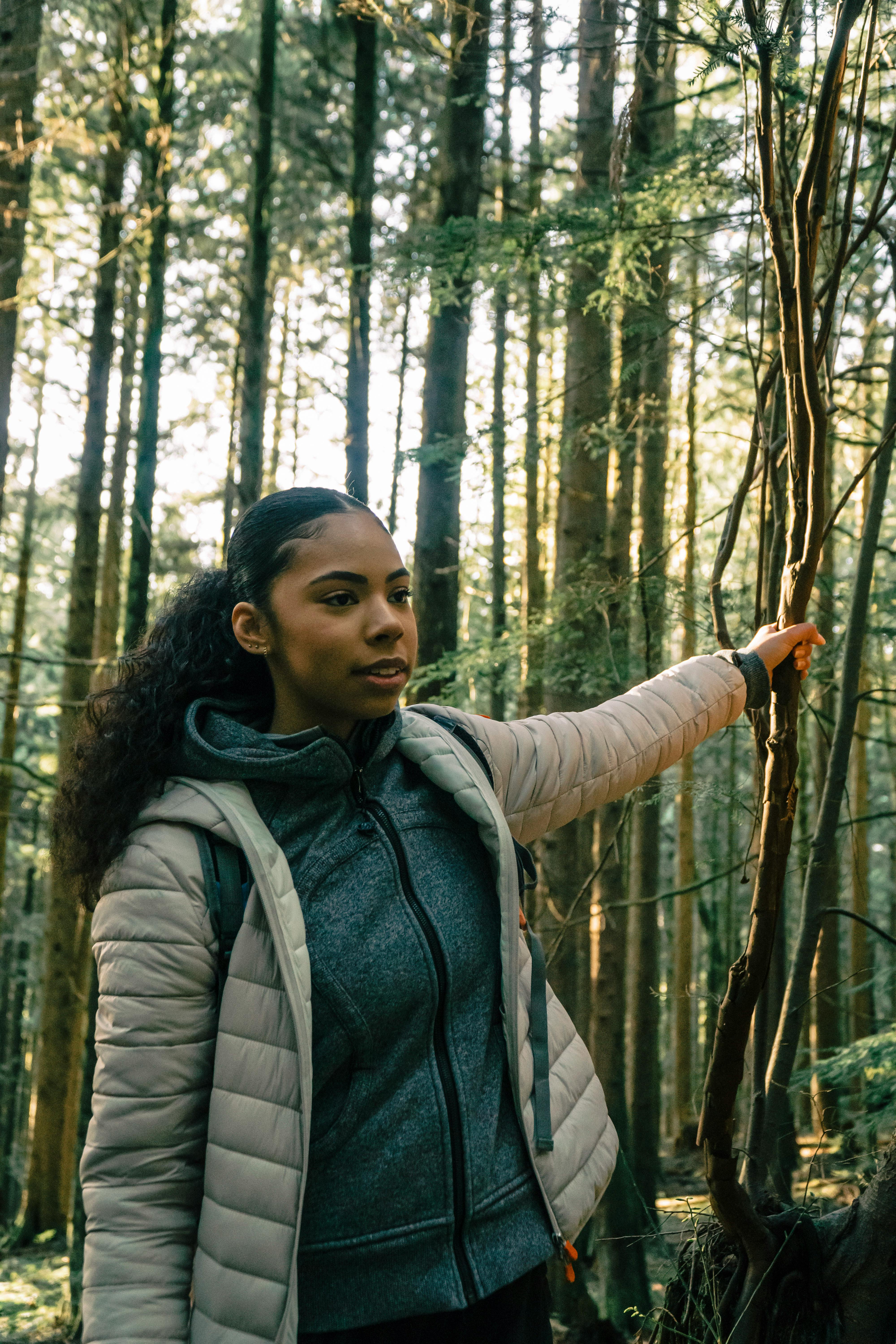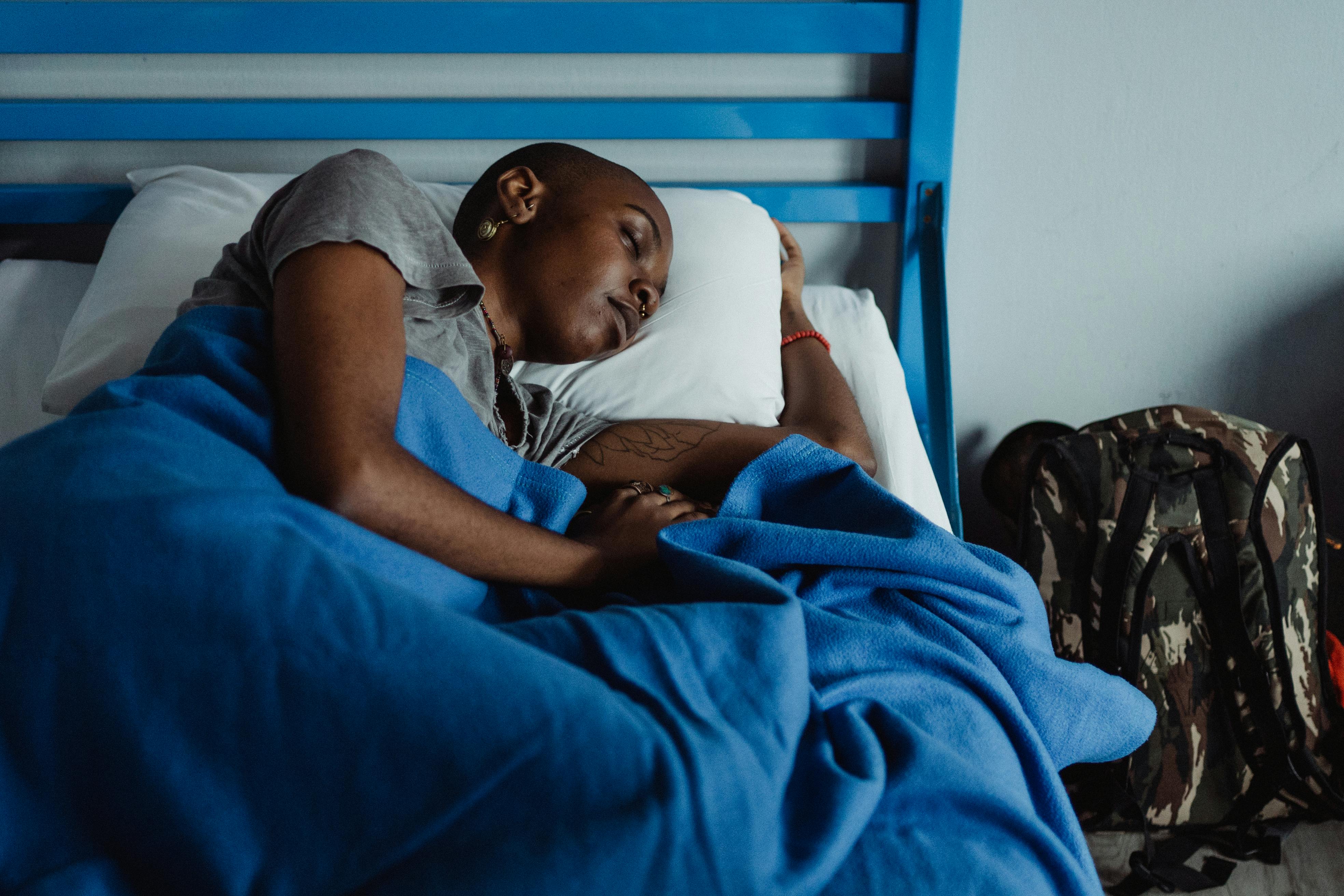Solo Female Travel Safety: Real Tips Women Trust Worldwide
Years ago, when I first booked a plane ticket for a trip across three countries—alone—I remember staring at my packing list, oscillating between electric anticipation and the prickling anxiety that I’d forgotten something major. Not just my passport, mind you, but something that might actually keep me safe. Fast forward to today: I’ve clocked thousands of solo miles, fielded hundreds of messages from women nervous about their first journeys, and spent nights reflecting on both the triumphs and heart-thumping close calls along the way. Here’s the truth: solo female travel is freeing, exhilarating, and, yes, sometimes risky—but what really struck me is how much of our confidence comes down to preparation, self-awareness, and community wisdom that you just don’t get in a brochure.
While many headlines fixate on dangers, the reality is more nuanced. According to a 2023 report by the Adventure Travel Trade Association, solo travel—particularly among women—has more than doubled since 20181. What’s changed? Accessibility, tech, community platforms, and yes, a global rise in women reclaiming space on the road. But the risks haven’t vanished. Instead, the conversation has gotten smarter—less about “Don’t do this” and more about “Here’s how we manage, adapt, and look out for each other.” That’s the conversation I’m bringing you here—strategy meets street wisdom, all shaped by lived reality.
Why Real Safety Matters: An Honest Perspective
Before diving into checklists and high-profile statistics, let me clarify something important: the conversation around solo female travel and safety is not about fear-mongering, nor about pretending risk doesn’t exist. Honestly, my thinking here has evolved—advice from five years ago feels naïve now, shaped as it was by bright-eyed wanderlust but not enough lived complexity. The more I listen to fellow travelers, the more seriously I take the need for honesty: not just the good (sunrise photos, spontaneous friendships), but the less glamorous stuff—dodging persistent street harassment in southern Europe, negotiating safe taxis in Southeast Asia, learning how to read the subtle social signals when things are “off.”
“Women travel differently—not better or worse—just differently, and that means we need to trust our gut, our research, and each other.”
Core Steps: What Actually Works
Having coached dozens of women through their first trip, I can tell you: most real risks don’t come from the movies. They stem from small gaps in planning, moments of tiredness, and that classic travel hubris (“This could never happen to me”). Here are three foundational steps I’ve seen pay dividends, time and again:
- Pre-trip Research: Check current travel advisories (and go deeper than headlines). Scan local forums, Facebook travel groups, and “unfiltered” blogs. Good travel guides are great, but real-time, on-the-ground traveler updates are even better.2
- Local Awareness: Upon arrival, take an hour to walk the area in daylight. Suss out ATMs, safe taxis, late-night spots, and places to avoid after dark. I used to skip this out of excitement—now it’s as routine as brushing my teeth.
- Emergency Protocols: Set up “If I don’t check in by X time…” plans with someone you trust. Use apps for location sharing, yes, but always know the nearest embassy/consulate and have local numbers on paper.3
Sound basic? Maybe. But these steps, done right, often spell the difference between a minor hiccup and a very bad day. Most women I’ve interviewed credit their preparedness for keeping panic at bay—even when situations turn sideways. As we’ll dig into next, the digital landscape has changed what “preparedness” actually means.
Digital Boundaries in 2025 and Beyond
Here’s where modern solo female safety really evolves. Ask yourself: Is your risk more likely to be physical, or digital? Tough to answer, right? In my experience, it’s actually both—and with digital privacy breaches shifting travel safety in subtle but massive ways, knowing your boundaries online can matter as much as learning local customs. I didn’t give this much thought until a “travel buddy” I’d met online started aggressively probing for all my hotel details. Red flag city. Now, my rules go far beyond just “Don’t overshare on Instagram”—though please, don’t post your location in real time.
- Use two-factor authentication across all travel apps and email. This isn’t just IT paranoia—it’s saved me from at least one attempted account hack on the road.
- Travel with a VPN for hotel Wi-Fi, even in “safe” countries—most major travel cyber incidents are opportunistic, not targeted.4
- Use pseudonyms on social platforms when joining new travel groups, and never publicly announce plans to meet up until you’ve privately verified (and, ideally, video chatted) first.5
“The face of solo travel risk is moving online—and what you let slip digitally is often more telling than what you say on the street.”
Country & Culture: Navigating the Known and Unknown
I’ll be the first to admit: some of my sharpest culture-shock moments have happened not in the middle of nowhere, but in major capital cities—London, Paris, Rome—where I “should” have known better. Travel advisories are usually pretty bland when it comes to cultural nuance. Here’s where you need peer-led wisdom and a portfolio of historical context. It’s not just about what’s safe, but what’s “normal” in a new setting.
In Japan, solo female travel has surged since 2022, with specialized women-only train cars, hostels, and even women’s taxi fleets—all aimed at reducing street harassment and providing safe, communal options for travelers. When I visited Tokyo last summer, these options weren’t just available—they were in demand, from locals and foreigners alike.
Are you supposed to make eye contact or avoid it? Is it offensive to shake hands, or is a handshake the safest way to set a boundary in business or social settings? The more I travel, the less I trust assumptions. Always master at least five key local phrases (not just “help!” but “How do I get to…?”), and make note of cultural norms around evening events, alcohol, solo diners, and taxi etiquette.6
- In Latin America, take note of the “machismo” factor—small acts like sitting near female elders on public transport have kept me safer than pepper spray ever could.
- In Morocco and Egypt, dress codes aren’t just about blending in—they’re about avoiding the persistent curiosity (and sometimes hassle) from would-be guides or touts.7
- In New Zealand, a much more relaxed solo travel environment exists—but don’t let your guard down entirely; every country has its risks.
Community, Connection, and Why No One Actually Travels Alone
This might sound counterintuitive, but solo travel is rarely truly “solo” these days—not with WhatsApp groups, Couchsurfing, and women’s travel forums connecting strangers at all hours. I can’t count the number of times an online connection has flagged a local scam or shared a quick meet-up for dinner in a country where I didn’t know a soul before breakfast. But, as with all things digital, trust must be earned—not given. One misstep (like sharing a full itinerary with someone you just met over coffee, which, yes, I’ve done), and you can open a door to unwanted attention. Safeguard your plans, cross-check meet-up partners (travel “references” are a real thing), and remember: community can be your first and best line of defense.8
“There’s nothing quite like the quiet certainty that comes from having someone in your corner—even when they’re a continent away.”

Case Studies: From Triumphs to “Should’ve Known Betters”
Funny thing is, the best advice rarely comes from travel influencers’ daily highlight reels—it’s the road-worn, seat-of-your-pants stories that stick with you. Here are three snapshots that shaped my thinking:
- Madrid Late-Night Detour (2019): Decided to skip the taxi and walk “just 10 minutes” back to my hostel to save a few euros. Ended up weaving through dim, unfamiliar streets. Everything “seemed fine” until a tour operator flagged me down and insisted I join a bigger group—turns out, regular mugging spots lined my route. Would I have noticed otherwise? Probably not.9
- Remote Village Homestay, Nepal (2022): I’d read the rave TripAdvisor reviews, yet missed that solo women sometimes ended up isolated from other guests. The host family was kind, but as the only English speaker (and only woman under 60), I felt uneasy walking alone at night. My tip: Always dig deeper into recent guest reviews—red flags often appear between the lines.10
- Bangkok Hostel Mix-up: Trusted a sketchy motorcycle taxi based on hostel desk advice. Arrived shaken but unharmed. Learned: always research your ride company before you need it, and don’t overestimate the wisdom of fellow backpackers (or your hostel’s front desk, for that matter).
| Scenario | Key Risk | Mistake Made | Best Practice Learned |
|---|---|---|---|
| City Walk, Madrid | Isolation after dark | Didn’t consult local crime data | Always follow “safe street” recommendations from multiple sources |
| Nepal Homestay | Limited English, isolation | Ignored warning in reviews | Seek recent, detailed feedback from solo female travelers |
| Bangkok Hostel Ride | Unvetted taxi | Trusted informal hostel advice | Pre-book rides with reputable, reviewed providers |
Advanced Practices for Seasoned Solo Travelers
What really sets apart seasoned solo travelers, especially women, is their relentless commitment to learning. I used to think that “advanced tactics” were about ninja-like self-defense moves or memorizing maps blindfolded. Turns out, it’s persistence with the basics, layered with a few critical, sometimes unconventional, habits:
- Change your walking route daily—don’t form predictable travel patterns.11
- Become a regular in one cafe or corner store: familiar faces notice trouble faster than any app.
- Never be afraid to make a scene. Confidently call out unwanted attention or “strange” behavior, even if you risk seeming rude. I learned this the hard way in Istanbul—a local woman stepped in and made it clear that protecting each other trumps politeness.
- Carry a local SIM card, not just roaming. In multiple countries, local numbers get help faster—and appear less “touristy” on ride-sharing platforms.
- Master “exit scouting”—situational awareness for the nearest open door, exit, or hospitable business at all times.
“Safety is not a checklist—it’s a culture. It’s not about paranoia, but proactive daily choices that add up.”
Real Questions Women Ask
Let’s get honest for a second: most women’s travel anxieties aren’t about big headline-grabbing risks—they’re the little things. Which train car is safest after midnight? How do you signal disinterest without escalation? Here are a few real queries I’ve answered:
- How do you spot a “fake” friend quickly? Patterns of over-eagerness, self-invitations, or asking for money/information early are red flags. Trust your intuition—even at the risk of “overreacting.”
- Is it safe to hitchhike? My rule: Only with multiple credible references (ideally, women’s groups), daylight hours, and never when my gut says “no.”12
- What about dating apps abroad? Extra caution: use apps with video verification, meet in public, and let a friend know your plans. In some countries, digital dating comes with very different risks than at home.13
- What’s the best emergency contact method? Local emergency numbers, embassy numbers, and a trusted local connection (hostel manager, tour operator, or coworker) loaded into your phone—and on a paper backup.
Building True Confidence & Enjoying the Journey
Okay, let’s step back for a minute. At the very core, solo female travel is about agency—not just avoiding trouble, but consciously writing your own story in spaces where, for generations, women were told to be smaller, quieter, less visible. My perspective after two decades? There’s no “right” way to do this. Some women prefer a packed itinerary and group tours for safety; others thrive on total spontaneity, trusting their gut with every decision. What matters is the collection of small habits—mental and physical—that build your confidence wherever you are. Confidence, in my experience, isn’t brashness or naivety—it’s an evolving, hard-won self-assurance rooted in both caution and courage.
“Solo travel, for any woman, is an act of trust—not just in the world, but in herself.”
According to the UK Foreign, Commonwealth & Development Office, reports of harassment involving solo female travelers in Europe dropped by nearly 22% after the rollout of city-funded, women’s safety apps between 2020 and 202314. Adaptation works.
References



